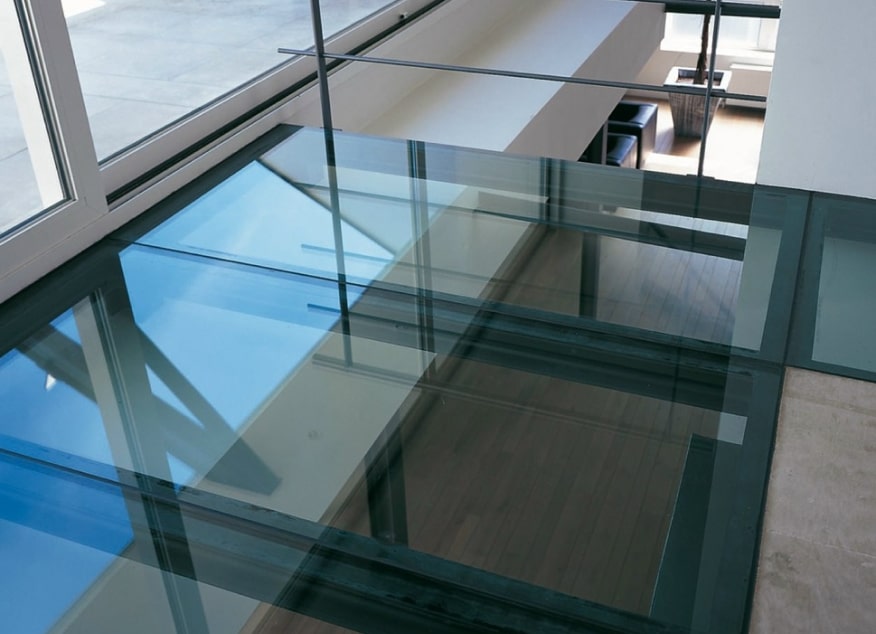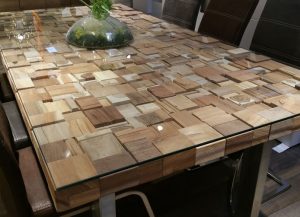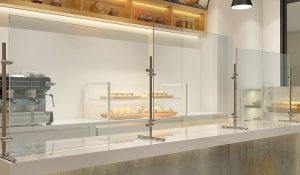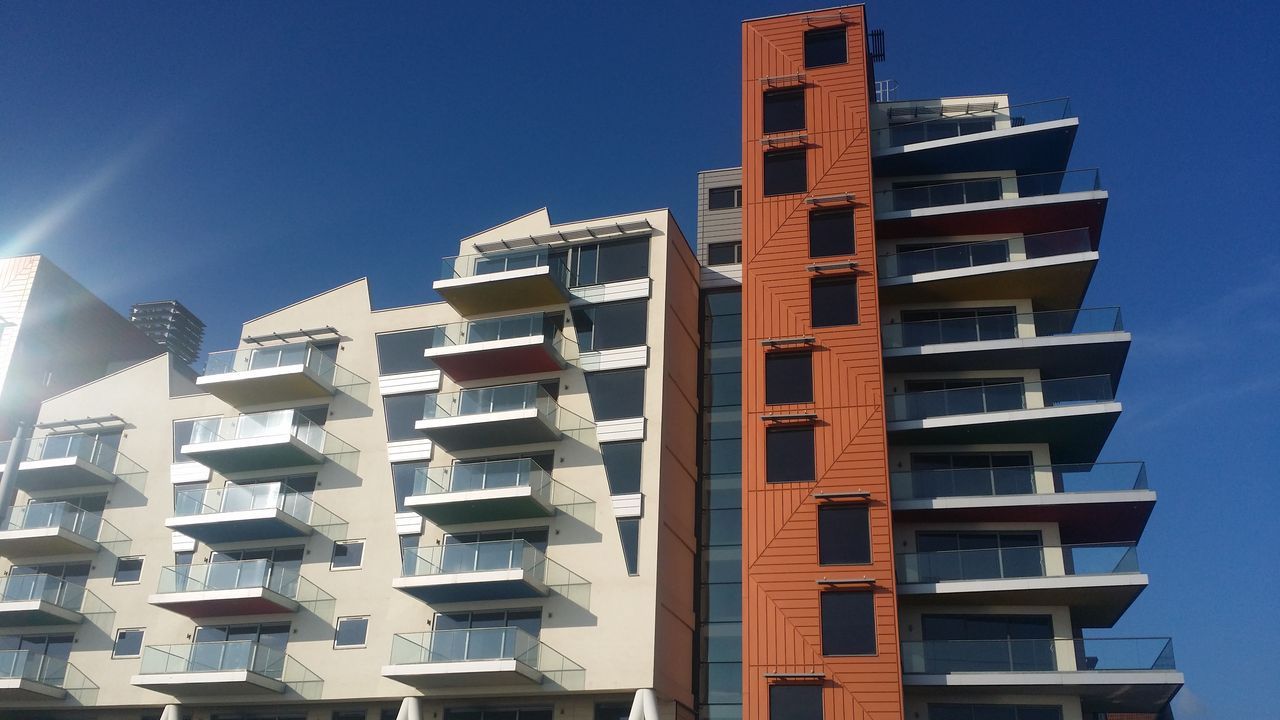Glass & glazing Blog
Walk on Glass Floors: Everything You Need to Know About Structural Glass Glazing
Walk on Glass Floors: Everything You Need to Know About Structural Glass Glazing
Walk on glass flooring may seem like a scary and implausible concept, but with structural glazing, it is entirely achievable. This modern design trend is becoming increasingly popular in both residential and commercial environments, offering a range of benefits that traditional flooring simply cannot match. In this article, we will explore everything that you need to know about structural glass glazing, including the installation process, where it can be used, and why it is the best choice for your flooring needs.
What is Walk on Glass Flooring?
Walk-on glass or glass flooring refers to any flooring solution that incorporates glass panels, allowing individuals to walk along the surface without any risk of breaking or falling. These flooring solutions are specially designed and tested for weight-bearing and safety, providing an innovative and stylish alternative to traditional flooring.
Structural Glass vs. Traditional Flooring
Structural glass glazing offers a number of advantages over traditional flooring solutions. Firstly, it provides an aesthetically pleasing, modern look that can enhance the overall design of a space. Secondly, it allows for more natural light to enter a room, creating a brighter and more open feel. Finally, structural glass is a more durable and long-lasting option, making it a more cost-effective flooring choice over time.
The Benefits of Walk on Glass Flooring
Walk on glass flooring provides a range of benefits that make it an appealing choice for both residential and commercial environments. Firstly, it is an excellent way to make the most of limited space, as it allows for maximum light penetration and provides a sense of openness. Secondly, it provides an innovative and stylish flooring solution that can create a unique and memorable space. Finally, structural glass glazing is a durable and long-lasting option, making it an investment that will stand the test of time.
How is Walk on Glass Flooring Installed?
Toughened vs. Laminated Glass
There are two main types of glass used in walk on glass flooring: toughened and laminated. Toughened glass is heat-treated to increase its strength and durability, making it able to withstand high levels of impact and weight. Laminated glass, on the other hand, is made up of two or more layers of glass with an interlayer of polyvinyl butyral (PVB). This type of glass is designed to hold together when broken, providing added safety and security.
The Specification Process
When it comes to installing walk on glass flooring, a detailed specification process is essential to ensure that the glass is strong enough to withstand the weight and impact it will be subjected to. This process involves taking into account the intended use of the glass, the weight it will be subjected to, and any special features or requirements it needs to meet.
Anti-Slip Options
One concern that many people have with walk on glass flooring is its slipperiness. However, there are a number of anti-slip options available, including textured surfaces, sandblasting, and coatings. By incorporating these features, walk on glass flooring can be made safer and more secure.
Where Can Walk on Glass Flooring be Used?
Residential Use: Basements and Rooflights
One of the most popular uses for walk on glass flooring in residential settings is in basements and rooflights. It can provide a solution for adding usable space to a basement area, while also increasing natural light levels. It can also be used to create a stunning feature in rooflights, allowing homeowners to take advantage of their rooftop views.
Commercial Use: Rooflights and Glass Flooring Panels
Walk on glass flooring is also popular in commercial environments, particularly in shops, offices, and hotels. It can be used to create an eye-catching feature or as a way to increase natural light levels. Glass flooring panels can be used to provide a walkway or walk-over features such as water or plant features, adding an extra element to an area. Rooflights and walk on glass rooflights are also used in commercial environments to provide the natural light levels that people crave while working or shopping.
Customized Colours and Designs
One of the benefits of walk on glass flooring is the ability to customize it to fit any design scheme. Glass panels can be coloured or sandblasted to create unique patterns or designs, allowing homeowners and designers to create bespoke solutions that are truly one of a kind.
Why Choose Structural Glass Flooring?
Natural Light and Aesthetics
One of the main reasons why structural glass flooring is so popular is its ability to provide more natural light and create a modern, attractive appearance. By allowing more natural light to enter a space, it can help to reduce energy consumption and create a more comfortable environment. Additionally, structural glass provides a sleek and clean look that can transform the appearance of a room.
Durability and Safety Standards
Another benefit of structural glass glazing is its durability and safety. Unlike traditional flooring, glass flooring panels are able to withstand high levels of weight and impact, making them an ideal choice for high-traffic areas. Furthermore, glass flooring is incredibly safe, with non-slip options available to reduce the risk of accidents.
Efficient Heat and Sound Insulation
Finally, structural glass flooring provides efficient heat and sound insulation properties. Its insulation properties make it energy efficient and reduces heating or cooling bills while decreasing outside noises.























